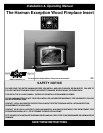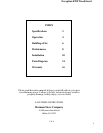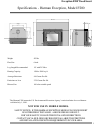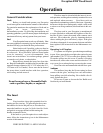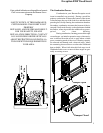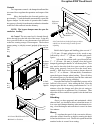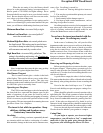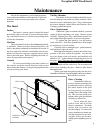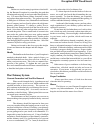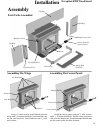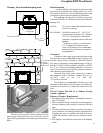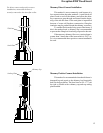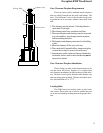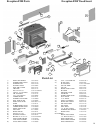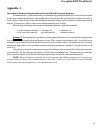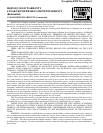
Exception F200 Wood Insert
15
Appendix A
Determining Thickness Requirements of Alternate Hearth Extension Materials.
If a manufacturer’s specifications call for a material having a minimum thickness of one inch with a certain
k value, any material substituted for that specified material must have the same thickness and have the same or
lower k value, or if the k value of the selected alternate material is higher, a greater thickness of that material must
be used. In some cases, if the k value is lower, thinner materials may be used.
The following formula gives the means of determining thickness of alternate materials:
k of the alternate material x thickness of = thickness of
k of the specified material specified material alternate material
Example 1: The manufacturer specified a certain material a minimum of one inch thick that is appropriate
for use as a hearth extension with their fireplace system. The k value for that material is .84. You decide to use
common brick for hearth extension protection instead of that specified material. How thick must the common
brick hearth extension be to be equivalent with that which the manufacturer specifies? (Common brick has a K
value of 5.)
Using the given formula to determine the equivalent thickness of common brick for the hearth extension,
you will divide 5 by .84, which gives a thickness of 5.95 inches of common brick. This means that it would take
about six inches of brick to provide the same thermal protection as one inch of the specified material.
NOTE: Most of the hearth extension protection materials specified by manufacturer’s instructions
are much better insulators than common masonry materials. In this case, brick thickness must be about 6
times greater than the manufacturer’s recommended material.
Evaluation notes were added to the output document. To get rid of these notes, please order your copy of ePrint IV now.



